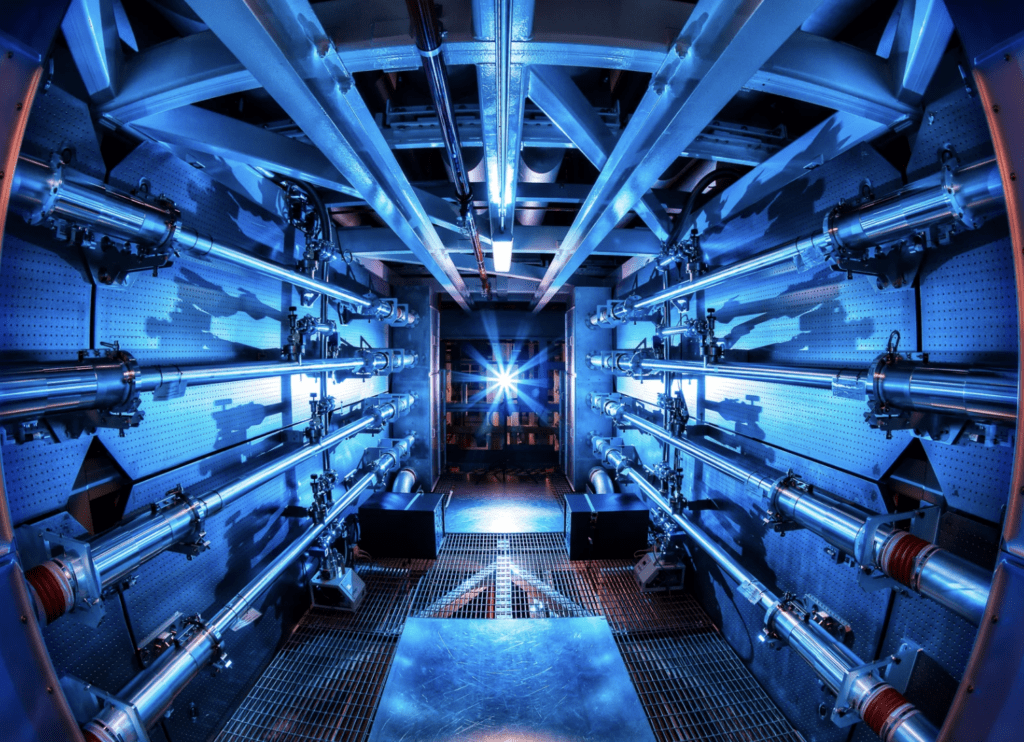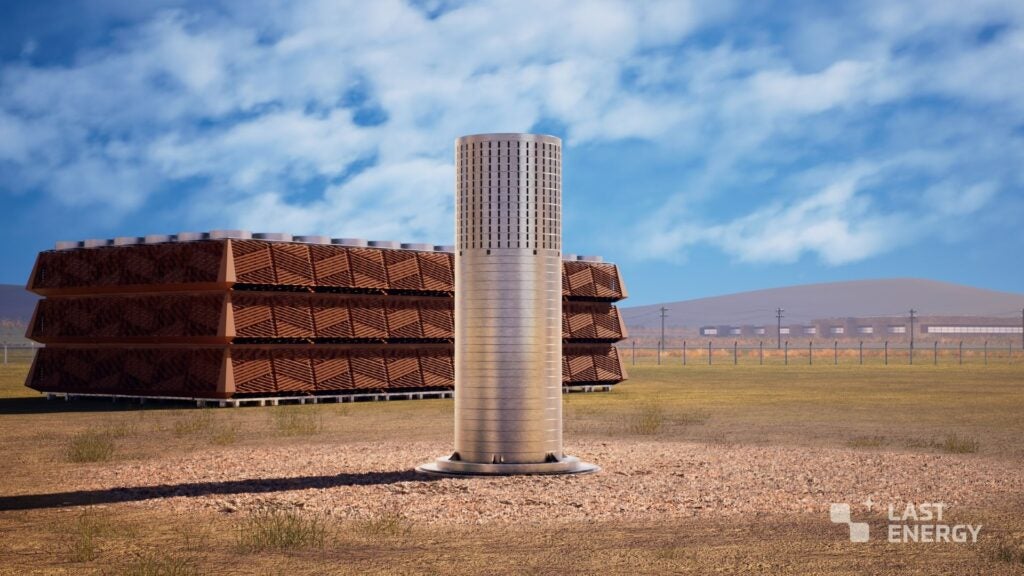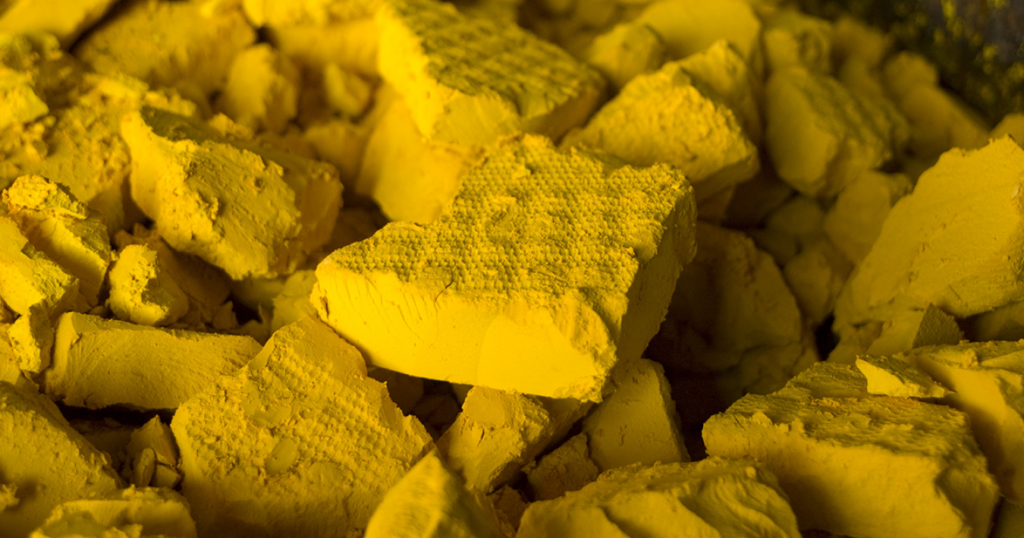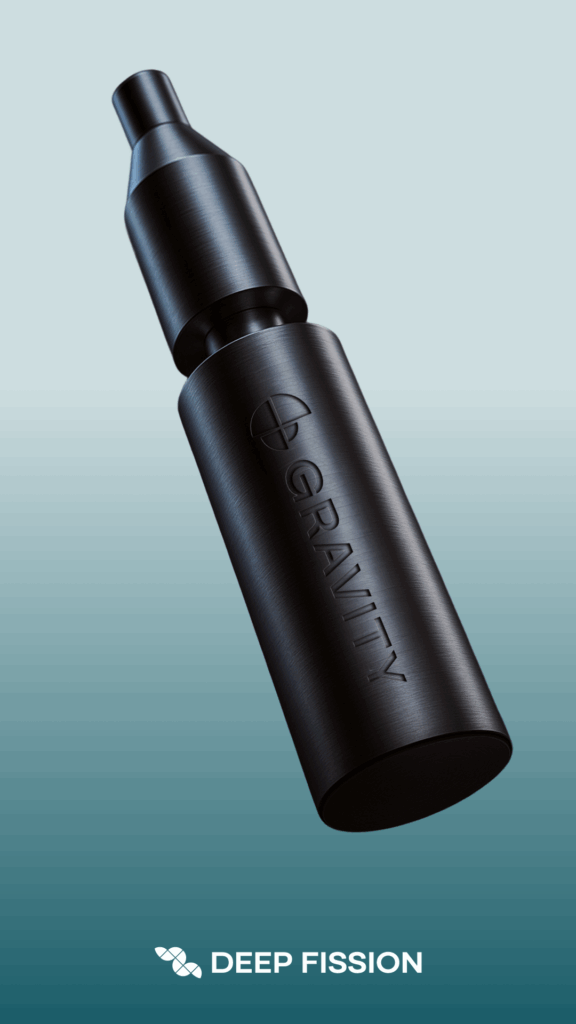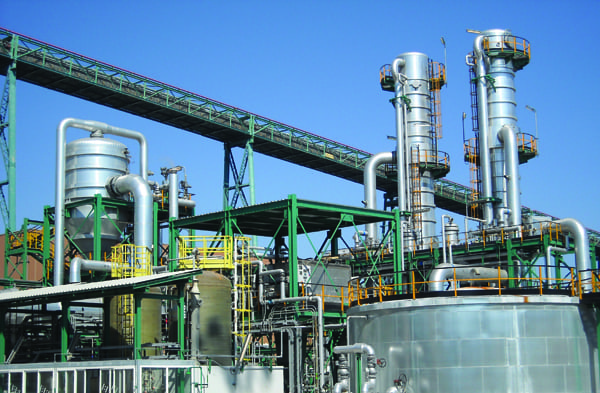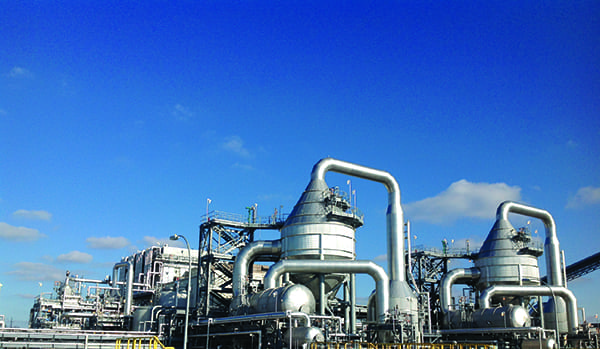A new system to remove dissolved (ionic) mercury, along with other contaminants, from power plant wastewater is being developed. It is free of the drawbacks of using a traditional stannous chloride reagent.
With more than 300 coal ash impoundments across the U.S., ionic mercury and other hazardous chemicals in wastewater are a primary concern for power plant operators. Public health and environmental concerns are the primary drivers, but the ability to adjust to changing rules and policy guidelines, often with challenging budgets, has made the process increasingly complex. Identifying and deploying new technologies for treating wastewater discharge not only assists owners and operators in meeting their compliance obligations, but also has the capacity to contribute to the public’s health and overall stewardship of the environment.
Wastewater treatment has traditionally been costly prior to discharge, making reliable and efficient solutions for treatment of mercury and other hazardous chemicals a difficult balancing act. This is because flue gas desulfurization (FGD) wastewater is complex, and typically contains different mercury species requiring treatment prior to discharge to remove soluble and highly toxic ionic mercury (Hg 2+), contaminants of primary concern.
The most commonly used FGD wastewater treatment process is based on mercury precipitation reactions. These multi-step, high footprint, and lengthy processes require extensive engineering infrastructure and high capital investments. Moreover, mercury precipitation processes have low selectivity, resulting in a high reagent demand that results in significant costs of treatment.
The U.S. Department of Energy’s Savannah River site in South Carolina has investigated a dissolved mercury removal approach based on its reduction by stannous chloride. A report—Ultralow Level Mercury Treatment Using Chemical Reduction and Air Stripping—was released in 2001 detailing the results. In this treatment approach, dissolved ionic mercury was successfully removed from contaminated surface water. The two-step process initially involves mercury reduction into insoluble elemental mercury (Hg 0) form, followed by elemental mercury air stripping that reduces dissolved mercury levels down to the parts per trillion (ppt) range.
This reaction is well understood because stannous chloride is widely used as a reducing agent for dissolved mercury reduction in cold vapor mercury analysis (Environmental Protection Agency Method 245.1). It should be stressed, however, that stannous reagent specifically addresses dissolved mercury specie in the solution and provides high selectivity of the remediation process. The ionic mercury reaction by stannous chloride is described by the equation:
Hg2+ + Sn2+ => Hg0 + Sn4+
This reaction is spontaneous and practically instant. Under optimized conditions the reaction can be driven to completion within minutes or even seconds. The subsequent air stripping of the resulting dissolved mercury out of the solution is also fast and complete.
By contrast, commercially available stannous reagent solutions (stannous chloride/sulfate) are highly unstable, corrosive reagents that make them impractical for high-volume wastewater treatment.
New System to Remove Dissolved Mercury
Aqua Metrology Systems (AMS), which conducts real-time water quality analysis, has leveraged its technical know-how and expertise in monitoring wastewater streams to develop a new system to remove dissolved (ionic) mercury, along with other contaminants, from power plant wastewater.
The proprietary approach developed by AMS is based on electrolytic stannous reagent generation on demand. As a result, the SafeGuard H2O system is free from the drawbacks of using a traditional stannous chloride reagent. In fact, freshly generated stannous ion using tin metal precursor provides very accurate reagent dosing. This reagent poses no environmental or health risks.
A bench test study concluded the SafeGuard H2O system can effectively remove dissolved ionic mercury from both unfiltered and settled FGD blowdown wastewater, further increasing its cost-effectiveness compared to existing mercury removal processes.
Based on contaminant removal that uses electrogenerated stannous ion reagent, the system features low capital and operating costs. It can operate in batch or continuous flow mode, and is scalable to large and small treatment volumes, all factors that make it an economical and flexible remediation system. The SafeGuard H2O system provides a relatively simple, efficient, cost-effective alternative to highly challenging and expensive existing mercury treatment processes.
SafeGuard H2O System Design—How it Works
The configuration of the bench-scale SafeGuard stannous reagent dosing system is simple, straightforward, and comprised of two key components: a galvanostat and control system, and a stannous ion electrolytic generator.
The principle of operation for the system (Figure 1) is based on controlled electrolytic reagent generation. Treated water is pumped through a reagent generator electrically connected to a galvanostat. The galvanostat is pre-set to maintain a certain electric current and generate stannous reagent in situ for further injection into the contaminated water stream.
 |
| 1. This diagram shows how the SafeGuard H2O system works in the process of removing dissolved mercury. Source: Aqua Metrology Systems |
The bench test studies on the SafeGuard H2O mercury treatment system included both settled (clarified) FGD wastewater and unfiltered wastewater samples, and achieved up to 99.9% mercury removal for settled FGD and up to 98% removal for unfiltered FGD wastewater. No sample preparations, such as pH or oxidation-reduction potential (ORP) adjustments, were required to achieve high mercury removal efficiency.
Generally, the dissolved mercury removal process can be divided into three main steps:
- ■ A reagent generation step during which the desired amount of stannous reagent is generated in a bypass stream and reinjected into treated FGD wastewater.
- ■ A conversion step during which dissolved ionic mercury species are reduced by the stannous reagent into insoluble elemental mercury form.
- ■ A stripping/trapping step during which elemental mercury formed during conversion step is removed from the solution by air flow and trapped by a mercury trapping module.
SafeGuard H20’s dissolved mercury removal performance from typical FGD wastewaters is summarized in Tables 1 and 2.
 |
| Table 1. This table provides results from samples of settled FGD wastewater after treatment for mercury. Source: Aqua Metrology Systems |
 |
| Table 2. This table provides results from samples of unfiltered FGD wastewater after treatment for mercury. Source: Aqua Metrology Systems |
A unique feature of the SafeGuard H2O pilot is that it can be demonstrated at scale using a fraction of the eventual volume/flow to be treated. The advantages of this are that the pilot has a small footprint, can be deployed rapidly, can be monitored remotely, and it does not need personnel onsite for supervision. All these features provide for a much faster time to results at much lower costs.
The addition of AMS’s mercury treatment process is in keeping with a philosophy and commitment to providing intelligent water treatment systems to power plant operators, municipalities, and other asset holders.
Historically, waste and drinking water treatment systems, from the simplest to the most sophisticated, have been unintelligent. They have had neither the capacity to determine whether they were under-treating or over-treating nor the ability to identify performance issues in a timely fashion.
Intelligent water treatment systems incorporate real-time sensing to ensure that their performance is optimized to avoid under- or over-treatment and that any deterioration in system performance is signaled to permit timely remedial intervention.
Dissolved ionic mercury can be efficiently removed by electrogenerated stannous ion from both unfiltered and settled FGD blowdown wastewater in batch and flow manner. The dissolved mercury remediation process is fast and applicable, and can be complete within 30 minutes or less. No sample preparations, such as pH or ORP adjustment, is required to achieve high mercury removal efficiency. ■
—Vladimir Dozortsev, PhD is development manager of trace metal instrumentation at Aqua Metrology Systems in Sunnyvale, California. AMS is currently soliciting locations for pilot projects for the SafeGuard H2O intelligent Hg(II) remediation system technology.


